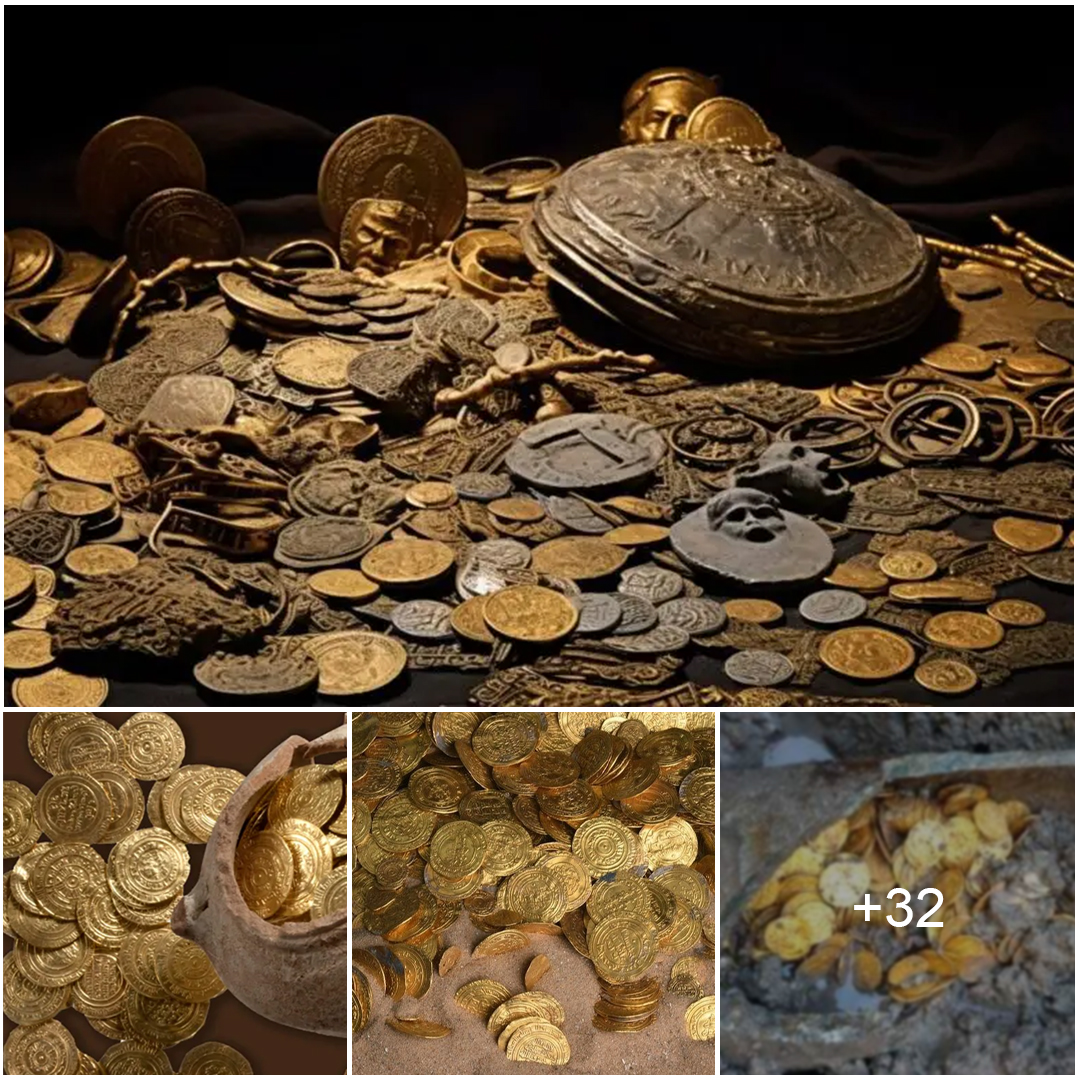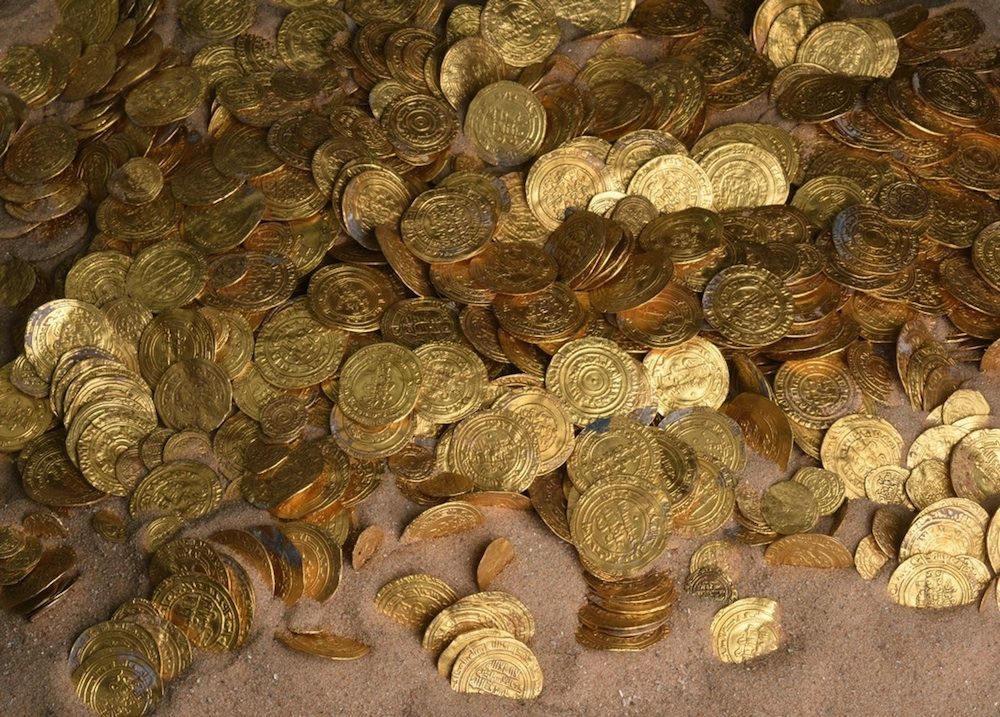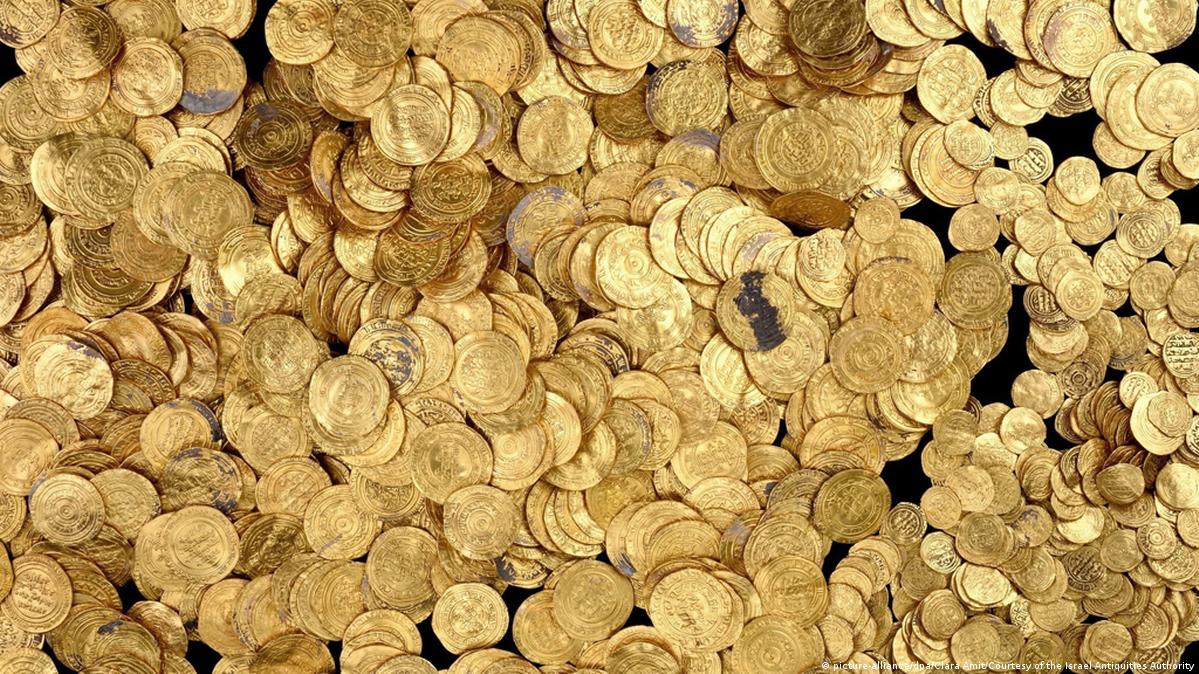
Discovering ancient treasures is always exciting, but finding Viking artifacts is something truly special. These historical treasures offer a glimpse into the lives of the Norsemen, their culture, and their legacy. From tools and weapons to decorative items and jewelry, Viking artifacts have become increasingly popular among history enthusiasts and academics alike.
In this section, we’ll explore the significance of found Viking artifacts and their importance in understanding the Norsemen’s past.
Key Takeaways
- Found Viking artifacts provide insight into the culture and legacy of the Norsemen.

- These historical treasures include everyday objects, weaponry, decorative items, and jewelry.
- Viking artifacts are becoming increasingly popular among history enthusiasts and academics.
- Exploring the significance of these artifacts sheds light on the maritime, military, artistic, and cultural aspects of Viking life.

- Museums play a crucial role in preserving and showcasing Viking artifacts for future generations to appreciate.
The Fascinating World of the Vikings

When you think of the Vikings, you might imagine fierce warriors sailing the seas on their dragon-headed ships. However, the Norse civilization was much more than just a group of raiders. The Vikings were skilled traders, farmers, craftsmen, and explorers who made significant contributions to European history.
The Vikings emerged from Scandinavia in the late 8th century and quickly expanded their influence across Europe, establishing settlements and trading routes and raiding coastal towns. They also ventured as far as North America, Greenland, and the Middle East, demonstrating their remarkable seafaring abilities and navigational skills.

Their culture was rich and complex, with a strong emphasis on strength, honor, and community. The Vikings developed an intricate legal system, which was based on honor and restitution, and they practiced a form of paganism that incorporated beliefs in gods and goddesses, spirits, and other creatures.
The Vikings were also renowned for their craftsmanship, creating intricate jewelry, weapons, and decorative items that showcased their artistic abilities. They even developed their own alphabet, known as the runic alphabet, which was used for carving inscriptions on stones, jewelry, and other objects.
Overall, the Vikings were a fascinating and complex civilization, with a legacy that lives on today through their language, culture, and the many artifacts they left behind.

Uncovering Hidden Relics: The Journey to Find Viking Artifacts

Embark on an exciting journey of discovery as you join archaeologists and explorers in their quest to uncover hidden relics from the Viking age. The search for Viking artifacts is a thrilling and sometimes challenging adventure that takes you deep into the heart of Norse civilization.
The journey to find Viking artifacts often begins with extensive research and investigation, as experts comb through historical records and maps to pinpoint potential excavation sites. Once a promising location is identified, the real work begins.
Armed with shovels, brushes, and other tools of the trade, archaeologists begin to carefully excavate the site, sifting through layers of dirt and debris in search of clues and fragments of ancient artifacts. The process can be painstaking, but the rewards of uncovering hidden relics from the past make it all worthwhile.

The thrill of discovery is palpable as each new artifact is unearthed, revealing a tantalizing glimpse into the lives of the Vikings. From tools and utensils to jewelry and weapons, each artifact tells a unique story about the people who created and used them.
Of course, not every excavation yields treasure troves of Viking artifacts. Many sites produce little more than fragments or even nothing at all, adding to the mystery and allure of these elusive relics. But for those who are passionate about uncovering the secrets of the past, the journey to find Viking artifacts is a never-ending adventure full of excitement and wonder.
A Glimpse into Viking Life: Everyday Objects and Tools

Step back in time and explore the daily lives of the Vikings through the artifacts they left behind. From tools used for hunting and farming to utensils and personal items, these objects offer a fascinating glimpse into Viking life and society.

One of the most common objects found in Viking excavations are combs, used for grooming and maintaining hair and beards. These combs were often crafted from antlers, bone, or wood and were an important part of daily grooming routines.
Other everyday objects found in Viking excavations include utensils such as spoons and knives, many of which were created from bone or iron. These items varied in size and shape, depending on their intended use, and offer insight into the culinary practices of the Vikings.
Tools used for hunting and farming, such as axes, sickles, and spades, were also crucial to Viking daily life. These tools were crafted with great care and precision, as they were essential for survival in a harsh and unforgiving environment.

Finally, personal items such as jewelry, clothing, and household objects provide a glimpse into Viking fashion and style. Jewelry, in particular, was highly valued and often crafted with intricate designs and patterns.
Through these everyday objects and tools, we can begin to understand the daily routines and practices of the Vikings and gain a greater appreciation for their ingenuity and resourcefulness.
Weaponry and Warrior Culture: The Power of Viking Artifacts
The Vikings were renowned for their fierce warrior culture and superior weaponry, which helped them conquer and dominate vast stretches of land across Europe and beyond. These Viking artifacts provide us with a glimpse into the complex society of the Norsemen and their military might.

One of the most famous Viking artifacts is undoubtedly the sword. The Viking sword was a symbol of prestige and power, with its intricate designs and superior craftsmanship. These weapons were often passed down from generation to generation, with their owners adding their own personal touch to the sword’s design.
Another vital part of Viking weaponry was the shield. Viking shields were typically round and made of wood, with an iron boss in the center. These shields offered protection to Viking warriors during battle, with their sturdy construction and durability often giving them an edge over their foes.
The armor of the Vikings was also an essential aspect of their warrior culture. The Vikings wore chain mail armor, with some armor suits covering the entire body. The armor was designed to protect the wearer from sword blows and other sharp weapons.

The importance of Viking weaponry and armor in their culture is evident in the many Viking sagas and other literary works that depict these artifacts in detail. These artifacts offer insights into the Viking mind and their approach to war, giving us a glimpse into the heart of this complex and fascinating society.
In conclusion, Viking artifacts embody the spirit of a people who were known for their love of war and conquest. The weaponry and armor of the Vikings offer us a glimpse into their warrior culture and the importance of these artifacts in understanding their legacy.
Ornate Beauty: Viking Jewelry and Decorative Artifacts
The Vikings were not only skilled warriors but also talented craftsmen. Their artistic flair is evident in their intricate jewelry and decorative artifacts that continue to captivate the world today.

Viking jewelry was not only beautiful but also held symbolic meanings. The most popular Viking jewelry items were brooches, bracelets, necklaces, and rings. The brooches were mainly used to fasten tunics, while necklaces, bracelets, and rings were worn for adornment.
Their jewelry was made from a variety of materials, including silver, gold, and bronze. The designs were sometimes simple, but often intricate and lavish, featuring animals, birds, or geometric shapes. The Vikings also used precious stones such as garnets or amethysts as decoration.
Viking decorative artifacts were also exquisite and often had practical uses. These decorative items included belt buckles, combs, and belt ends. The designs were intricate, and the decoration could be found on many everyday objects.

The Vikings used filigree techniques to make their jewelry and decorative artifacts. This technique involved twisting and curling fine metal wires, making them into intricate shapes, which was then soldered onto a base.
The beauty of Viking jewelry and decorative artifacts is still appreciated today. Museums around the world display these ancient treasures, allowing visitors to appreciate their artistic and cultural significance.
Unearthed Viking artifacts continue to provide insights into the Norsemen’s lives and culture. The intricate craftsmanship and designs of their jewelry and decorative artifacts are a testament to their artistry and skill.

Maritime Mastery: Viking Ships and Navigational Tools
One of the most awe-inspiring aspects of the Viking civilization was their mastery of the sea. The Vikings were known for their robust ships that allowed them to navigate the treacherous waters of the North Atlantic with ease. These ships were designed to be versatile and could be used for both trading and raiding purposes. Their navigational tools were also advanced for their time, enabling them to travel long distances and discover new lands.
The Viking ships were constructed with overlapping planks and were designed to be both stable and flexible, allowing them to withstand the harsh weather conditions of the sea. The larger ships were also equipped with sails, enabling them to travel faster and more efficiently. The ships were also built with a shallow draft, allowing them to navigate shallow waters and make landfall on beaches that would be inaccessible to other ships.
The navigational tools used by the Vikings were also advanced for their time. They used a device called a sunstone, which allowed them to determine the position of the sun, even on cloudy days. They also used a sundial, which helped them determine the time of day. The Vikings were also skilled at using the stars to navigate, and they had a thorough understanding of the ocean currents and wind patterns.

The Vikings’ maritime mastery gave them a tremendous advantage in their exploration and conquests. They were able to travel to distant lands, such as Greenland, Iceland, and even North America, and establish settlements in these remote locations. Their ships and navigational tools were crucial to their success and allowed them to become one of the most significant seafaring civilizations in history.
Unraveling the Mysteries: Viking Runes and Written Artifacts
One of the most fascinating aspects of Viking artifacts is their written inscriptions, particularly their runes. The Vikings used these characters to write letters, inscriptions, and epitaphs. But these inscriptions are more than just words. They are a window into the Viking mind and culture, offering insights into their language, spirituality, and beliefs.
One of the mysteries of Viking runes is their origins. While the Vikings borrowed the characters from the Latin and Greek alphabets, some scholars believe that they were influenced by the Germanic Futhark alphabet.

The Vikings wrote on various materials, including wood, stone, bone, and metal, using sharp tools to chisel the characters into the surface. They also used runes to decorate their weapons, jewelry, and other objects, showcasing their artistic skills.
But the meaning of Viking runes is not always clear-cut. Some inscriptions are cryptic, while others convey deep emotions and spiritual experiences. Runes were also used for divination and magic, and some inscriptions appear to be spells or incantations.
For example, the 9th-century Rök stone in Sweden features a lengthy inscription that describes heroic deeds and mythical events. But the inscription also contains a cryptic message that has puzzled scholars for centuries.

“I, master of the runes, conceal here runes of power. Incessantly (plagued by) maleficence, (doomed to) insidious death (is) he who breaks this (monument).”
The exact meaning of this message is still unknown, but it suggests that the Vikings believed in the power of runes to protect and avenge.
Viking runic inscriptions are also valuable sources of historical information. They provide evidence of political alliances, wars, and trade relationships. They also shed light on the Vikings’ religious practices, including their conversion to Christianity in the 10th century.

Today, many Viking artifacts with runic inscriptions are preserved in museums around the world. They continue to fascinate and intrigue scholars and the general public alike, offering a glimpse into the world of the Vikings and their rich cultural heritage.
Preserving the Past: The Role of Viking Artifacts in Museums
With the discovery of ancient Viking artifacts, it’s essential to ensure their preservation for future generations to appreciate. Museums play a crucial role in safeguarding these historical treasures, allowing visitors to admire and learn about the Norse civilization.
Viking artifacts offer a glimpse into the lives of these ancient people, showcasing their impressive craftsmanship and artistic skills. Museums not only provide a platform for displaying these artifacts but also help in conserving them, preventing damage or deterioration over time.

Furthermore, museums have a significant role in educating the public about the Vikings’ history and culture. Visitors can learn about the Norsemen’s daily lives, their warrior culture, and their maritime mastery through the artifacts displayed in museums.
Preserving the past through Viking artifacts in museums means that these historical treasures can continue to inspire and educate future generations about the rich heritage of the Norse civilization. It ensures that these artifacts remain accessible to all, allowing people to connect with the past and understand where we came from.
Museums are vital in preserving the past by showcasing and conserving Viking artifacts, highlighting their cultural and historical significance. By visiting these institutions, you can learn about the Vikings and their legacy, enriching your knowledge of the past and inspiring a deeper appreciation for historical artifacts.

Conclusion
Found Viking artifacts are essential in understanding the history and culture of the Norsemen. Through these ancient relics, we gain insight into the daily lives, military prowess, artistic skills, and navigational expertise of the Vikings.
The discovery of Viking artifacts is not merely about finding historical objects; it’s about piecing together the past and preserving it for future generations. These artifacts are crucial to understanding our roots and how cultures evolve throughout time.
The Significance of Found Viking Artifacts
As museums continue to preserve Viking artifacts, these historical treasures remain accessible for all to see. The artifacts not only teach us about the past but also offer inspiration for the future. The extraordinary craftsmanship and design of Viking artifacts are admired and studied by artisans and designers today. They serve as valuable sources of inspiration, particularly in the fields of metalwork, jewelry, and decorative arts.

The complexities of Viking runes and written artifacts continue to reveal new insights into the Norsemen’s language, history, and mythology. While the language is ancient and complex, it is still a part of our world today. The study of Viking runes and their meaning contributes to our understanding of the evolution of language in human history.
Finally, found Viking artifacts play a vital role in preserving the heritage of the Norsemen. By studying these ancient relics, we can learn more about our roots and how our ancestors lived. The ongoing discovery of Viking artifacts ensures that this rich history will continue to be shared with future generations.
If you’re passionate about history, Viking artifacts are a fascinating field to explore. The thrill of unearthing hidden relics and learning about the lives of these ancient people is unparalleled. Who knows what new discoveries await in the future?

So, why not start your journey to uncover the treasures of the Vikings? Who knows, you might just unearth something extraordinary.
FAQ
What are Viking artifacts?
Viking artifacts are objects, tools, weapons, and personal items that were used or created by the Vikings during the Norse civilization. They provide insights into the culture, daily lives, and traditions of the Norsemen.
Where are Viking artifacts found?
Viking artifacts can be found in various locations, including archaeological excavation sites, burial grounds, shipwrecks, and even in private collections. Some notable regions where Viking artifacts have been discovered include Scandinavia, the British Isles, Russia, and Iceland.

What is the significance of Viking artifacts?
Viking artifacts hold significant historical and cultural value. They provide tangible evidence of the Viking civilization, shed light on their craftsmanship, artistic skills, trade networks, warfare techniques, and social practices. They help scholars and historians study and understand the Norsemen’s legacy.
How are Viking artifacts preserved?
Viking artifacts require proper preservation techniques to prevent deterioration. These artifacts are often cleaned, stabilized, and stored in controlled environments like museums or specialized facilities. Conservation experts use various methods, including documentation, preventive care, and restoration, to ensure the long-term preservation of these precious historical treasures.
Can Viking artifacts be bought?
While some Viking artifacts may be available for sale through legitimate channels, it is important to note that the trade and sale of archaeological artifacts, especially those of cultural significance, are heavily regulated or prohibited in many countries. It is advisable to acquire Viking artifacts through reputable sources, such as museums, authorized dealers, or licensed auction houses.

How do Viking artifacts contribute to our knowledge of history?
Viking artifacts contribute to our knowledge of history by providing concrete evidence of the Viking culture, lifestyle, and achievements. They help answer questions about their societies, economics, technology, craftsmanship, and interactions with other civilizations. Through the study and analysis of these artifacts, historians can piece together a more comprehensive understanding of the Norsemen’s impact on world history.
Are all Viking artifacts displayed in museums?
Not all Viking artifacts are displayed in museums. Due to the vast number of artifacts discovered and limited exhibition space, museums rotate their collections on display. Some artifacts may be on loan to other institutions, undergoing conservation, or stored securely to ensure their preservation. However, many museums have dedicated exhibits showcasing Viking artifacts for the public to appreciate and learn from.
Can I touch Viking artifacts in a museum?
In most cases, touching Viking artifacts in a museum is not allowed. Museums have strict policies to protect these delicate and valuable artifacts from damage, such as degradation from natural oils on human skin. However, museums often provide interactive displays where visitors can handle replicas and learn more about the artifacts through tactile experiences.



